Pages
page i

exploring
GEOLOGY
page ii

About the Cover
Parcutin Volcano, located in the Mexican state of Michoacn, stands where a Mexican family once tilled a quiet corn field. For three weeks they had heard what sounded like thunder though no clouds were nearby. Then, on February 20, 1943, an open fissure appeared in the field, and trees began to tremble. The ground hissed and swelled as sulfurous smoke and gray ash rose from the fissure. Volcanic fragments and blobs of magma were thrown skyward, from sand-sized grains carried upward by the winds to large volcanic bombs more than a meter in diameter that crashed around the volcanic vent. By the next day, a volcanic cone 50 m high stood in what had been the corn field the day before.
The cone erupted for nine years, giving scientists the unusual opportunity of witnessing the birth, life, and cessation of a volcano. What scientists witnessed was the steady growth of the cinder cone for the first year, with eruptions of lava increasing in frequency with time.
When the volcano became dormant in 1952, the cone had reached a height of 1,391 feet and almost a third of a cubic mile of lava had been erupted onto the surface. The town of San Juan Parangaricutiro was buried; only the steeples of its church remain above the dark, solidified lava flows. Ash had spread over many square miles of the surrounding countryside, blanketing vegetation and forcing local residents to settle elsewhere. The farmer who had first watched the birth of Parcutin planted a sign on his field before leaving: This volcano is owned and operated by Dionisio Pulido.
Parcutin lies within the broad Trans-Mexican Volcanic Belt, an almost east-west-trending swath of volcanoes that crosses the southern part of Mexico south of Mexico City. The volcanic belt is created as the Rivera and Cocos oceanic plates subduct beneath the southwestern edge of the North American plate.
Cover photograph by Michael Collier
Michael Collier received his BS in geology at Northern Arizona University, MS in structural geology at Stanford, and MD from the University of Arizona. He rowed boats commercially in Grand Canyon in the 70s and 80s, and then practiced family medicine in northern Arizona. Collier has published books about the geology of Grand Canyon, Death Valley, Denali, and Capitol Reef National Park. He has authored books on the Colorado River basin, glaciers of Alaska, and climate change in Alaska, as well as a three-book series on American mountains, rivers, and coastlines. As a special projects writer with the USGS, he produced books about the San Andreas fault, the downstream effects of dams, and climate change. Colliers photography has been recognized with awards from the USGS, the National Park Service, the American Geosciences Institute, and the National Science Teachers Association.

page iii
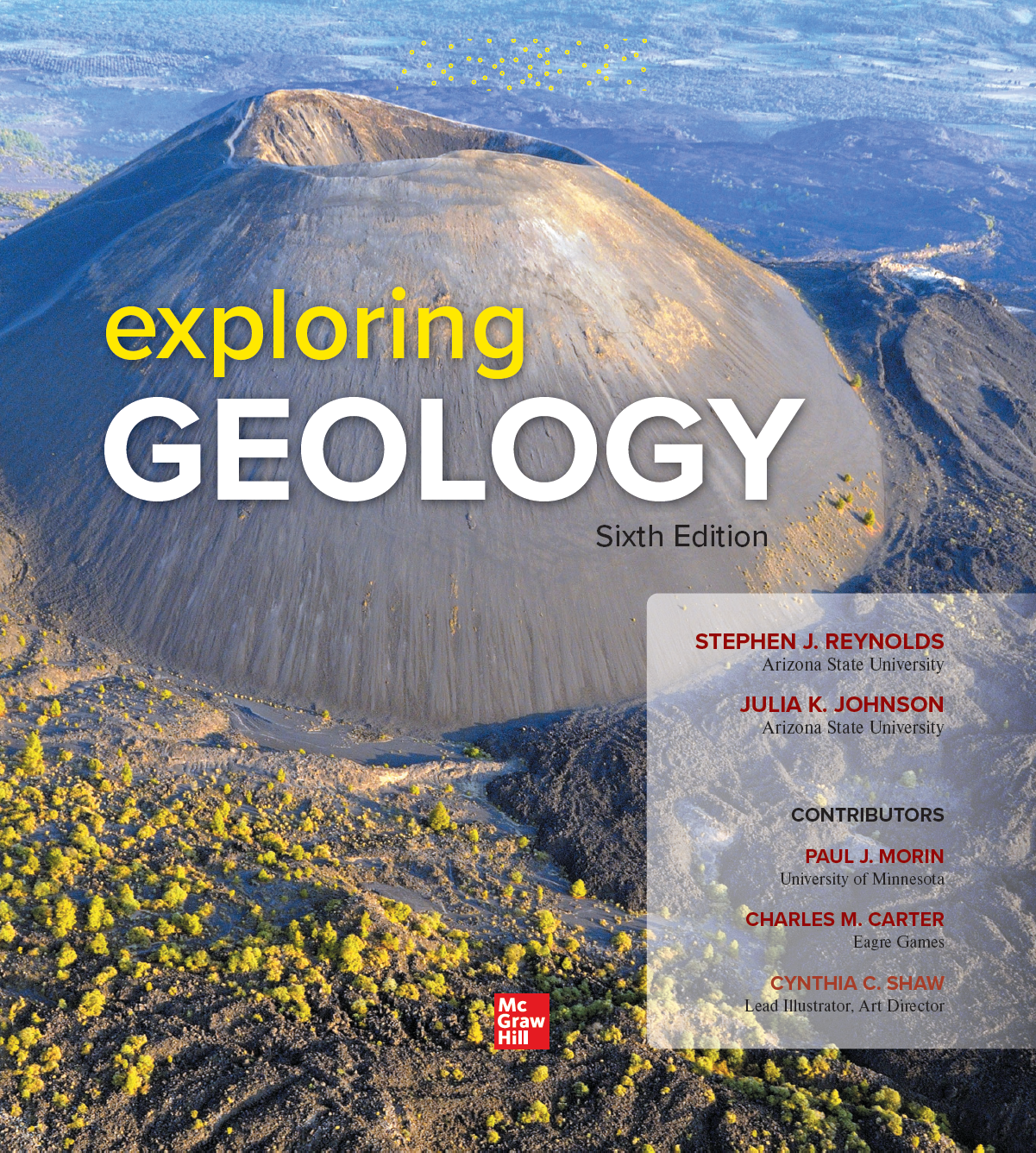
page iv


EXPLORING GEOLOGY
Published by McGraw Hill LLC, 1325 Avenue of the Americas, New York, NY 10121. Copyright 2022 by McGraw Hill LLC. All rights reserved. Printed in the United States of America. Previous editions 2019, 2016, and 2013. No part of this publication may be reproduced or distributed in any form or by any means, or stored in a database or retrieval system, without the prior written consent of McGraw Hill LLC, including, but not limited to, in any network or other electronic storage or transmission, or broadcast for distance learning.
Some ancillaries, including electronic and print components, may not be available to customers outside the United States.
This book is printed on acid-free paper.
1 2 3 4 5 6 7 8 9 LWI 25 24 23 22 21
ISBN 978-1-265-31622-8
MHID 1-265-31622-8
Cover Image: Michael Collier
All credits appearing at the end of the book are considered to be an extension of the copyright page.
The Internet addresses listed in the text were accurate at the time of publication. The inclusion of a website does not indicate an endorsement by the authors or McGrawHill LLC, and McGrawHill LLC does not guarantee the accuracy of the information presented at these sites.
mheducation.com/highered
page v


connect
Instructors: Student Success Starts with You
Tools to enhance your unique voice
Want to build your own course? No problem. Prefer to use our turnkey, prebuilt course? Easy. Want to make changes throughout the semester? Sure. And youll save time with Connects auto-grading too.

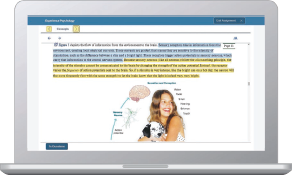
Laptop: McGraw Hill; Woman/dog: George Doyle/Getty Images
Study made personal
Incorporate adaptive study resources like SmartBook 2.0 into your course and help your students be better prepared in less time. Learn more about the powerful personalized learning experience available in SmartBook 2.0 at www.mheducation.com/highered/connect/smartbook
Affordable solutions, added value 
Make technology work for you with LMS integration for single sign-on access, mobile access to the digital textbook, and reports to quickly show you how each of your students is doing. And with our Inclusive Access program you can provide all these tools at a discount to your students. Ask your McGraw Hill representative for more information.
Padlock: Jobalou/Getty Images
Solutions for your challenges 
A product isnt a solution. Real solutions are affordable, reliable, and come with training and ongoing support when you need it and how you want it. Visit www.supportateverystep.com for videos and resources both you and your students can use throughout the semester.
Checkmark: Jobalou/Getty Images
page vi

Students: Get Learning that Fits You
Effective tools for efficient studying
Connect is designed to make you more productive with simple, flexible, intuitive tools that maximize your study time and meet your individual learning needs. Get learning that works for you with Connect.

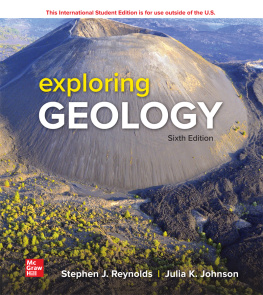
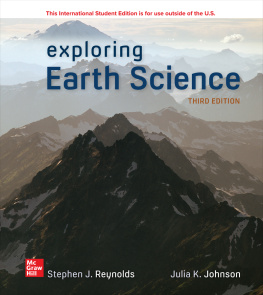
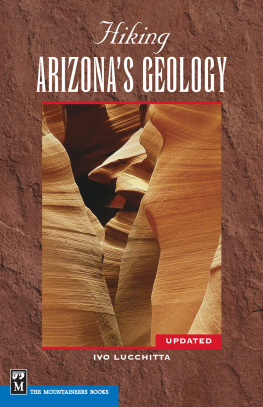
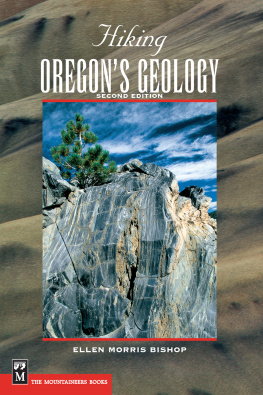
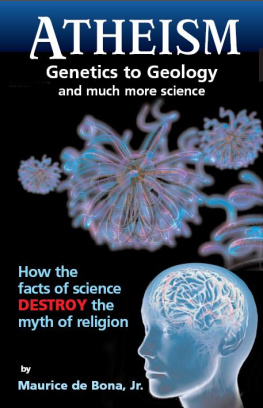
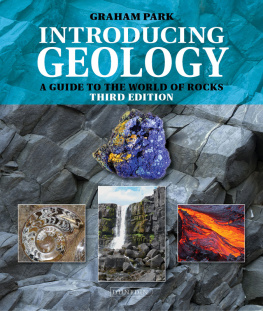

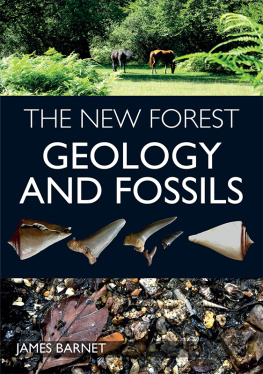
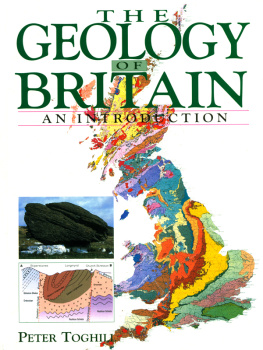
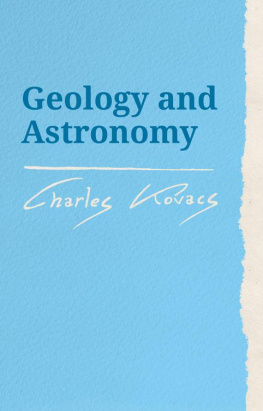
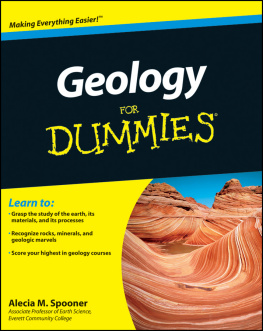
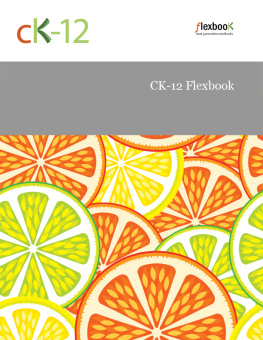






 connect
connect



